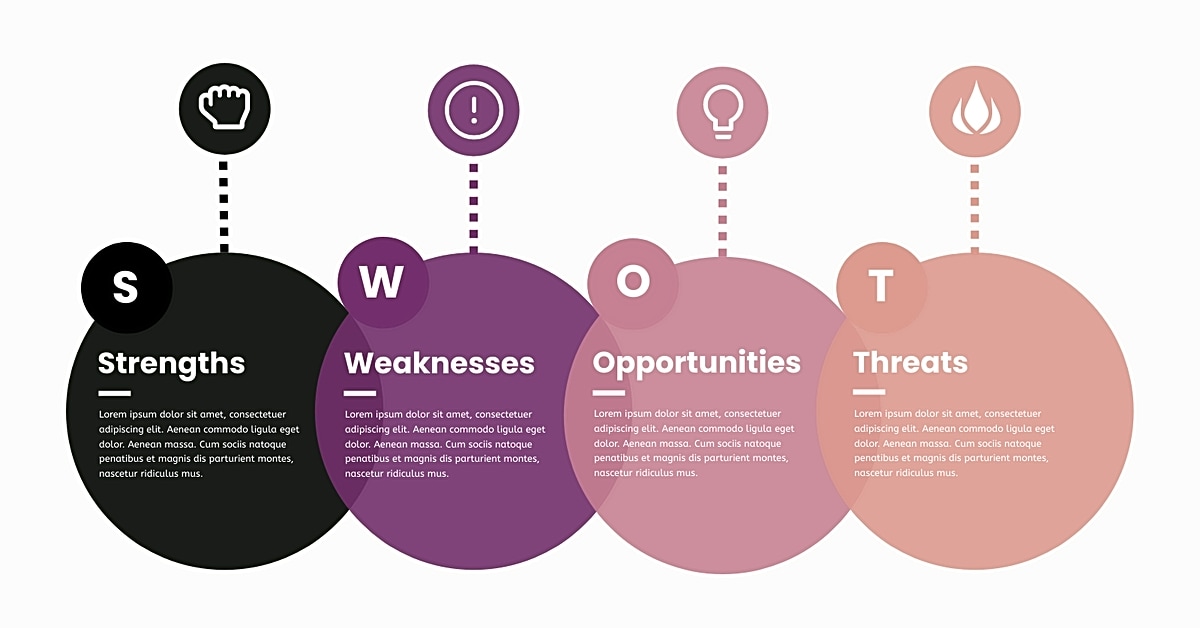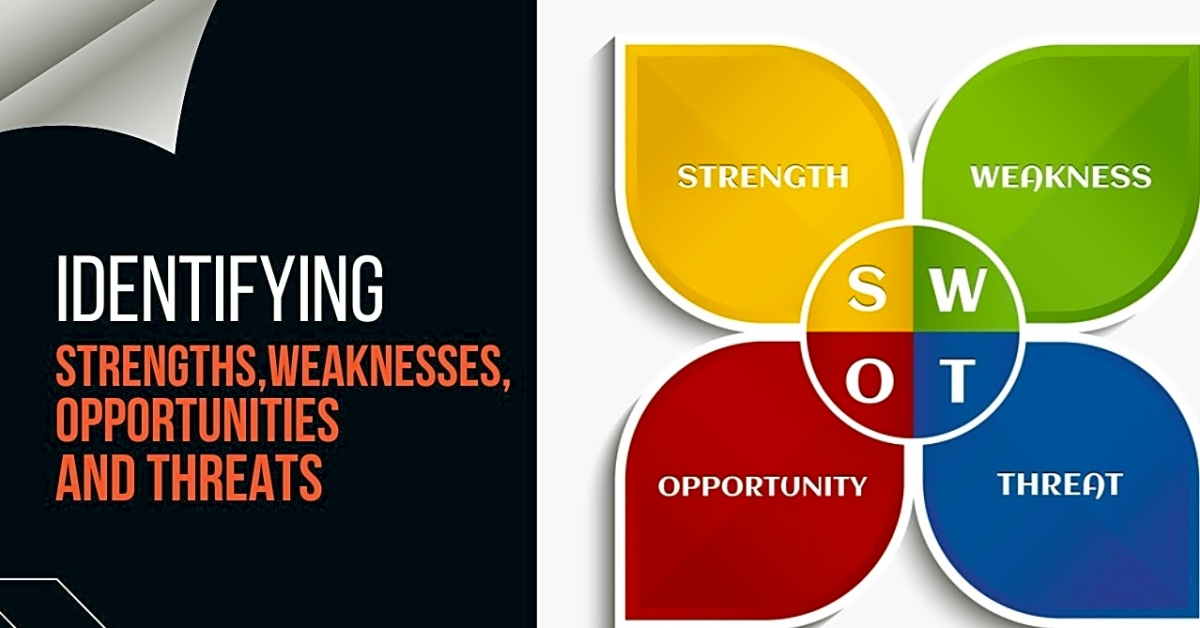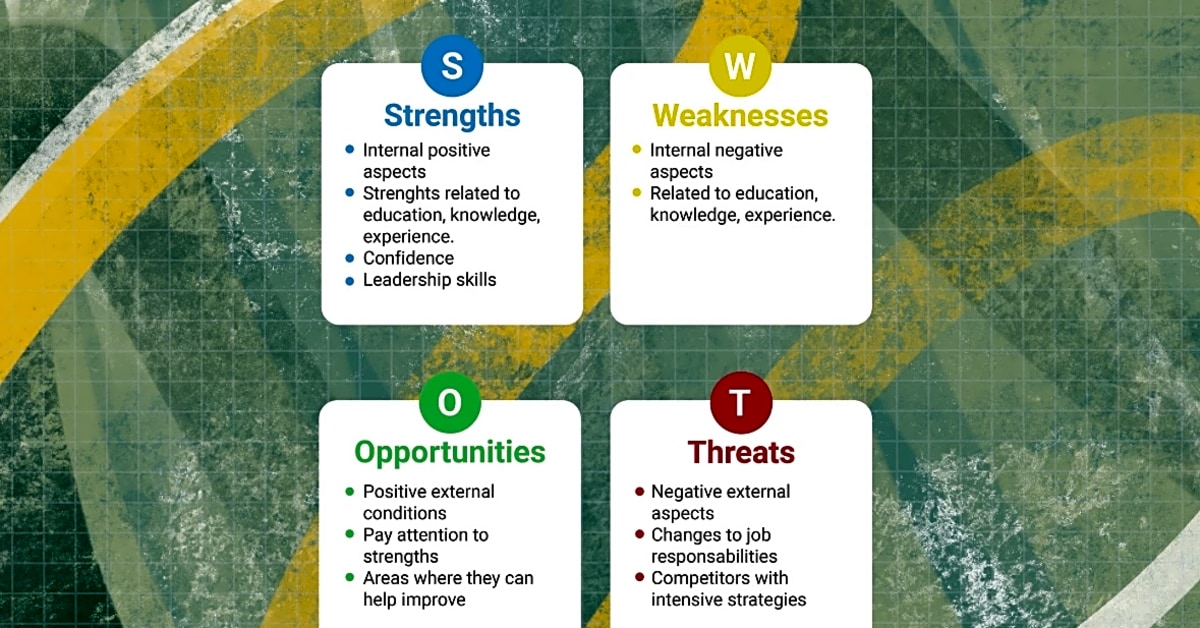Welcome to our comprehensive overview of the SWOT Analysis matrix! If you’re looking to understand this powerful tool for strategic planning, you’ve come to the right place. In this article, we’ll delve into the details of the SWOT Analysis matrix, breaking down each component and explaining how to use it effectively. Whether you’re a business owner, a manager, or a student learning about strategic planning, this guide will provide you with everything you need to know about the SWOT Analysis matrix. So let’s jump right in and explore the ins and outs of this essential tool in our Step-by-step guide to the SWOT Analysis process.
The SWOT analysis matrix is a powerful tool used for evaluating the internal and external factors that can impact a business or individual’s success. It is a strategic planning method that helps identify strengths, weaknesses, opportunities, and threats in a structured and organized way. The acronym SWOT stands for Strengths, Weaknesses, Opportunities, and Threats.
The purpose of a SWOT analysis is to gain a better understanding of the current state of a business or situation, and to use that information to make informed decisions and plans for the future. By identifying both internal and external factors, individuals and organizations can develop strategies to capitalize on strengths, minimize weaknesses, take advantage of opportunities, and mitigate threats.
Now, let’s dive into the step-by-step process of conducting a SWOT analysis.
Step 1: Identify your objectives
The first step in conducting a SWOT analysis is to clearly define your objectives. This will help guide the rest of the process and ensure that you are focusing on the most relevant factors. Whether you are conducting a SWOT analysis for your business or for personal development, it is important to have a clear goal in mind.
Step 2: Identify your strengths
The next step is to identify the strengths of your business or situation. These are internal factors that give you an advantage over others. This could include things like skilled employees, unique products or services, strong brand reputation, or efficient processes. It is important to be honest and realistic when identifying strengths.
Step 3: Identify your weaknesses
Next, you need to identify any weaknesses that may hinder your success. These are also internal factors but they put you at a disadvantage compared to others. Some common weaknesses could be inadequate resources, lack of expertise, or poor customer service. It is important to identify and address weaknesses in order to improve and grow.
Step 4: Identify your opportunities
After analyzing internal factors, it’s time to look externally for opportunities. These are factors that have the potential to positively impact your business or situation. This could include new markets, emerging technologies, or changes in consumer behavior. Identifying and taking advantage of opportunities can lead to growth and success.
Step 5: Identify your threats
The final step is to identify any potential threats that may hinder your success. These are external factors that are out of your control but can negatively impact your business or situation. This could include things like new competitors, economic downturns, or changing regulations. By anticipating and preparing for potential threats, you can minimize their impact on your objectives.
Now that we have gone through the step-by-step process of conducting a SWOT analysis, let’s explore some tips and examples to help you get started.
Tips for conducting a SWOT analysis:
- Be honest and objective when identifying strengths and weaknesses
- Consider perspectives from different team members or stakeholders
- Use data and research to support your analysis
- Focus on the most important factors that will impact your objectives
- Regularly review and update your SWOT analysis as things change
Examples of SWOT analysis:
Business planning:
A restaurant owner conducts a SWOT analysis to determine the future direction of their business. They identify their strengths as high-quality food and excellent customer service. Their weaknesses include a limited marketing budget and a small location. Opportunities include a growing trend towards healthy eating and an increase in tourism in the area. Threats include a rise in competition from other restaurants and potential changes in food safety regulations. Using this analysis, the owner can develop strategies to capitalize on their strengths, improve weaknesses, and take advantage of opportunities.
Personal development:
A college student conducts a SWOT analysis to help guide their career decisions. They identify their strengths as strong communication skills and a passion for technology. Their weaknesses include limited work experience and lack of knowledge in certain programming languages. Opportunities include internships at local tech companies and the potential for remote work. Threats include a highly competitive job market and the need to constantly update skills in a rapidly changing industry. By understanding these factors, the student can focus on developing their strengths, addressing weaknesses, and taking advantage of opportunities to achieve their career goals.
Decision-making:
A homeowner conducts a SWOT analysis before deciding whether to renovate their current home or purchase a new one. They identify the strengths of their current home as its location and sentimental value. The weaknesses include outdated features and limited space. Opportunities include low interest rates for mortgages and potential for increased property value. Threats include potential renovation costs exceeding budget and difficulty selling in a competitive housing market. By analyzing these factors, the homeowner can make an informed decision about which option would be best for them.
In addition to its applications in business planning, personal development, and decision-making, the SWOT analysis matrix can also be used for team building, marketing strategies, and competitor analysis.
We have covered the definition, purpose, step-by-step process, tips, examples, and various applications of the SWOT analysis matrix. Now it’s your turn to put this powerful tool into practice. To help you get started, we have provided templates and resources that you can use to create your own SWOT analysis. Remember to regularly review and update your analysis to ensure its relevance and effectiveness.
By understanding and utilizing the SWOT analysis matrix, you can gain valuable insights and make informed decisions that will lead to success in any aspect of your life. Whether you are a business owner, student, or simply looking to improve yourself, the SWOT analysis process is a valuable tool that should not be overlooked.
Step-by-Step Guide: How to Conduct a SWOT Analysis
The SWOT analysis matrix is a powerful tool that can help businesses and individuals evaluate their strengths, weaknesses, opportunities, and threats. It can provide valuable insights and guide decision-making processes. In this step-by-step guide, we will break down each stage of the SWOT analysis process and provide tips and examples to help you conduct a comprehensive analysis.
Applying the SWOT Analysis Matrix
The SWOT analysis matrix can be applied in various situations to analyze and evaluate the internal and external factors that may have an impact on a business or individual’s success. Some of the most common uses for the SWOT analysis process include:
- Business Planning and Strategy: The SWOT analysis matrix is a valuable tool for businesses when it comes to creating strategic plans. By identifying strengths, weaknesses, opportunities, and threats, businesses can develop strategies that capitalize on their strengths and address any potential weaknesses or threats.
- Marketing and Branding: The SWOT analysis matrix can also be used to evaluate a company’s marketing and branding efforts. By understanding their strengths and weaknesses, companies can tailor their marketing strategies to effectively reach their target audience and stand out from competitors.
- Career Development: Individuals can also use the SWOT analysis process to assess their own strengths and weaknesses in order to develop their careers. By identifying areas for improvement and taking advantage of opportunities, individuals can create a plan for personal development and success.
Templates and Resources for Creating a SWOT Analysis
One of the most valuable aspects of the SWOT analysis matrix is its versatility. It can be applied to a variety of situations and industries, making it a valuable tool for anyone looking to assess their strengths, weaknesses, opportunities, and threats.
However, conducting a SWOT analysis can be a daunting task for those who are unfamiliar with the process. That’s why we have put together a collection of templates and resources to help guide you through creating your own SWOT analysis.
These templates provide a structure for organizing your thoughts and identifying key factors that can impact your success. They can also serve as a starting point for brainstorming and developing a more comprehensive analysis.
Additionally, our resources offer tips and best practices for conducting a successful SWOT analysis. From identifying key stakeholders to analyzing market trends, these tools will help ensure that you gather all the necessary information to make informed decisions.
By providing these tools and resources, we aim to empower our readers to create their own SWOT analysis and use it as a valuable tool for personal and professional development.
Understanding the Basics: What is a SWOT Analysis?
A SWOT analysis is a strategic planning tool that stands for Strengths, Weaknesses, Opportunities, and Threats. It is commonly used by businesses, organizations, and individuals to assess their current situation and identify potential areas for improvement or growth.
Each component of the SWOT analysis represents different aspects that can impact the success of a business or individual. Let’s take a closer look at each component and what they mean.
Strengths
The strengths of a SWOT analysis refer to internal factors that are positive or beneficial to the business or individual. This can include things like expertise, resources, or unique capabilities that give them an advantage over their competition.
Weaknesses
On the other hand, weaknesses are internal factors that can hinder the success of a business or individual. These can include areas where they lack expertise, resources, or face challenges in comparison to their competitors.
Opportunities
Opportunities are external factors that can potentially benefit the business or individual. These can include market trends, new technologies, or changes in the industry that they can take advantage of to improve their performance.
Threats
Lastly, threats are external factors that can pose risks or challenges to the business or individual. These can include competition, economic changes, or other factors that may negatively impact their success.
In conclusion, understanding how to use the SWOT analysis matrix can be incredibly beneficial for businesses and individuals alike. By following the step-by-step process outlined in this article, you can gain valuable insights into your strengths, weaknesses, opportunities, and threats. Additionally, by utilizing templates and resources, you can easily create your own SWOT analysis. Whether you’re looking to improve your business, personal development, or decision-making, the SWOT analysis is a powerful tool that can guide you towards success.


